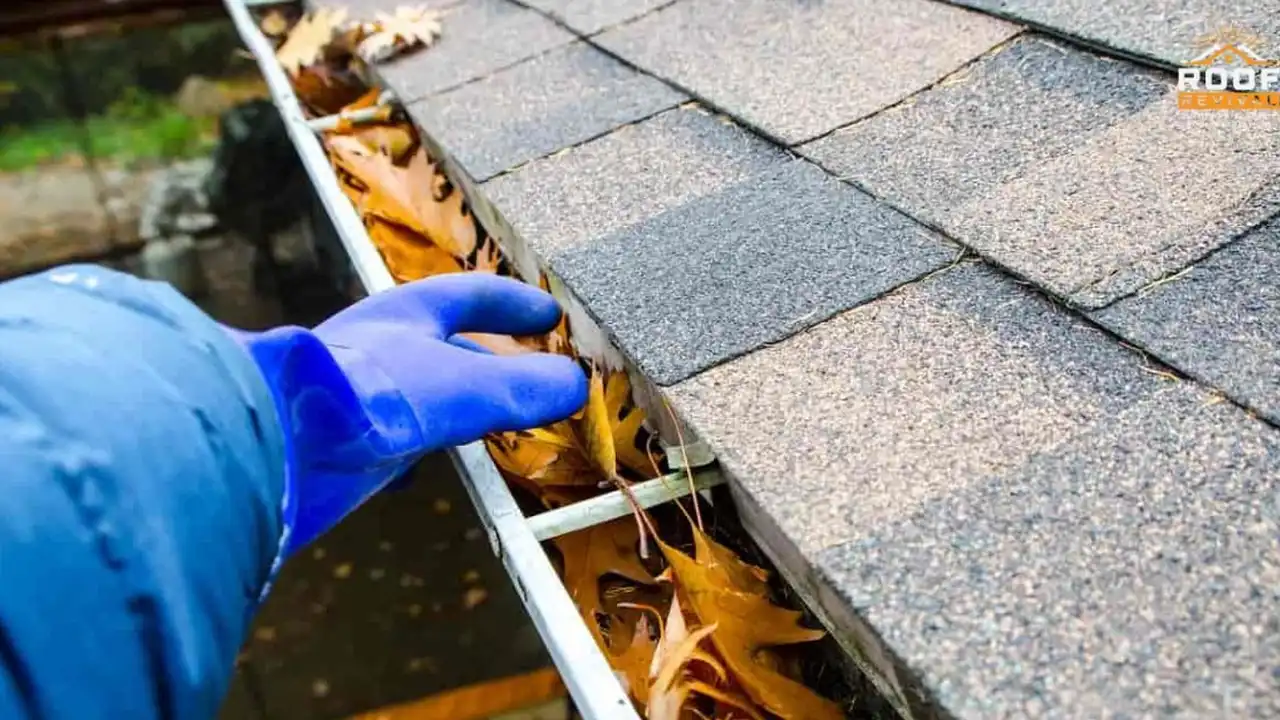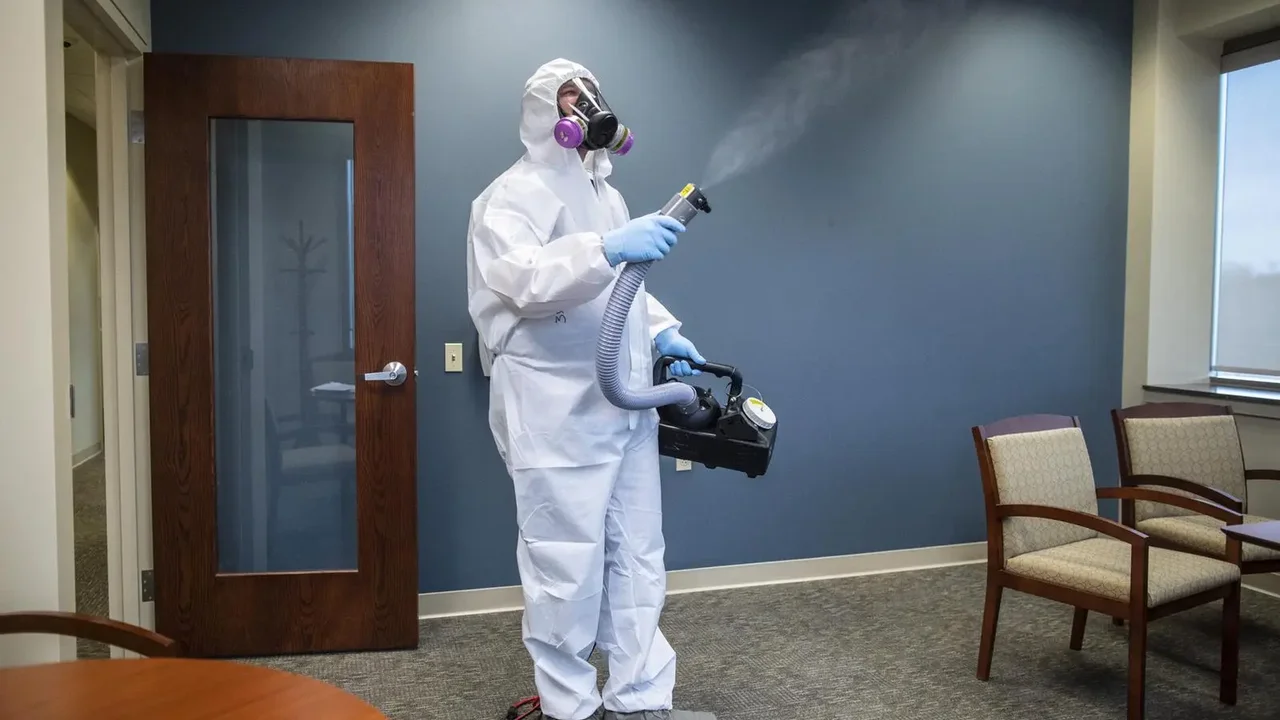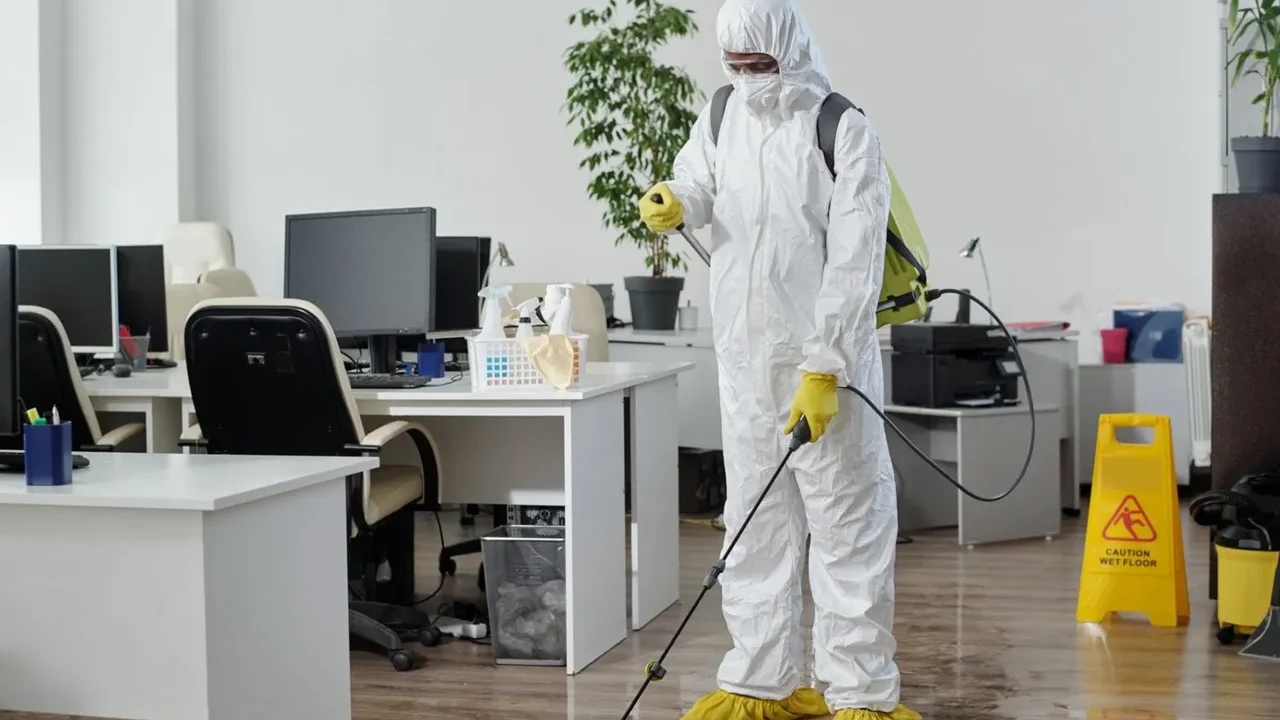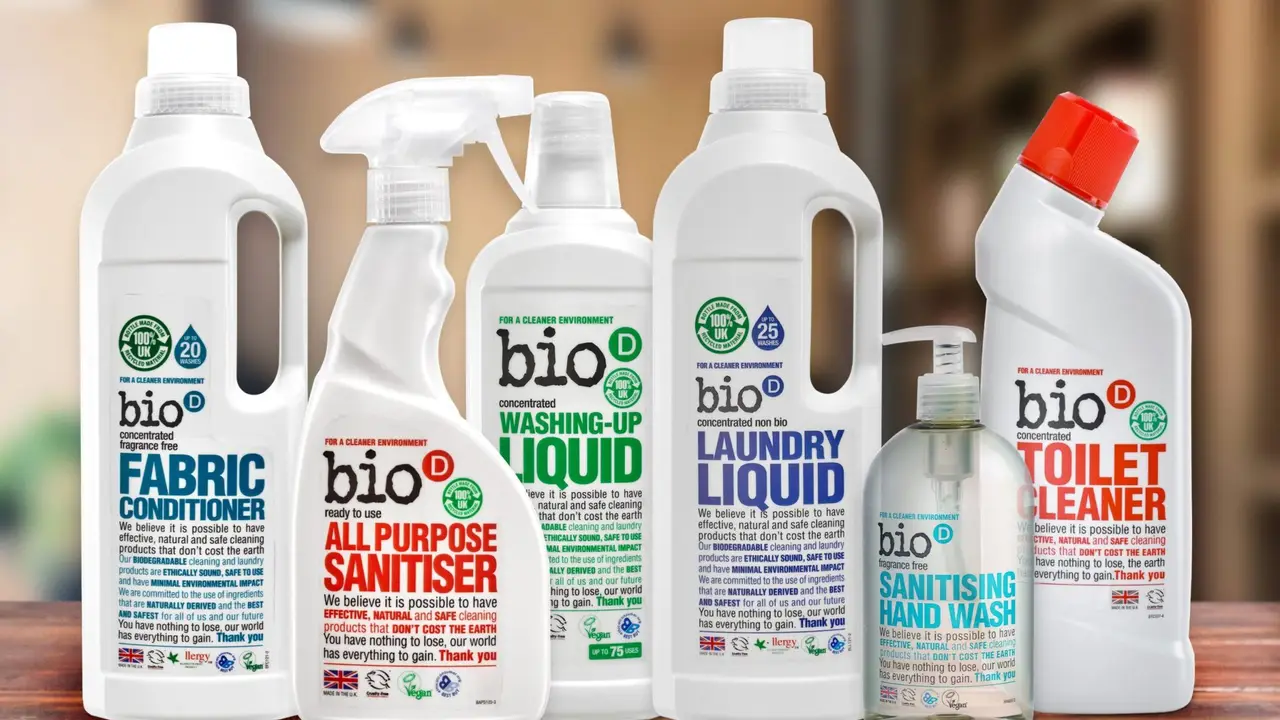Deep Cleaning Services for Hoarding Situations
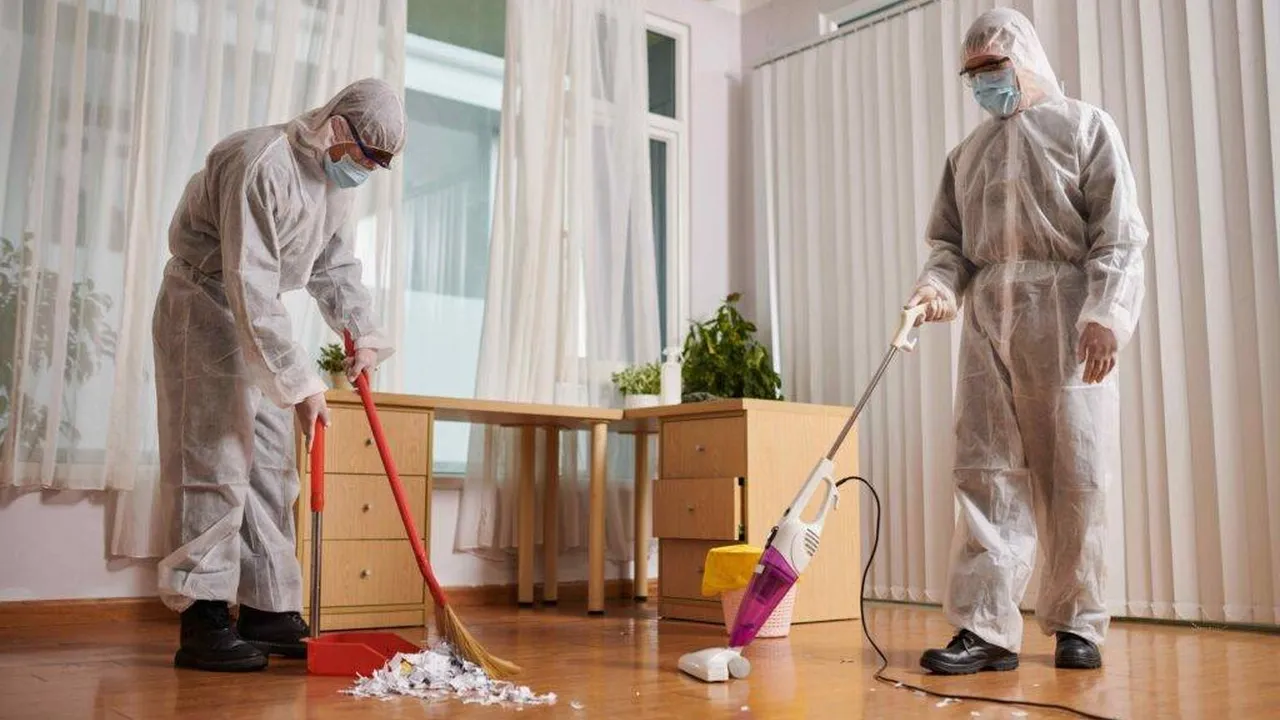
Understanding Hoarding Disorder and Its Impact on Living Spaces
Hoarding disorder is more than just collecting a few extra items. It's a recognized mental health condition characterized by persistent difficulty discarding or parting with possessions, regardless of their actual value. This leads to the accumulation of items that clutter living areas and substantially compromise their intended use. Imagine your home becoming so filled with stuff that you can barely walk through the hallways or use the kitchen. That's the reality for many dealing with hoarding disorder.
The impact on living spaces is significant. Homes can become fire hazards due to blocked exits and accumulated flammable materials. Mold and pest infestations are common due to the unsanitary conditions created by the excessive accumulation of items. The air quality can also suffer, leading to respiratory problems. Beyond the physical dangers, hoarding can lead to social isolation, depression, and anxiety. It's a complex issue that requires a compassionate and understanding approach.
The Unique Challenges of Deep Cleaning a Hoarded Home
Deep cleaning a hoarded home is drastically different from a standard cleaning job. It's not just about wiping surfaces and vacuuming. It's about dealing with potentially hazardous materials, navigating mountains of clutter, and often, working with individuals who are emotionally attached to the items being cleared. The scope of the work is usually much larger, requiring specialized equipment and cleaning solutions.
One of the biggest challenges is the sheer volume of items that need to be sorted and removed. This often involves a multi-step process: sorting, decluttering, cleaning, sanitizing, and deodorizing. Another challenge is the potential for biohazards. Hoarded homes can harbor rodent droppings, insect infestations, mold, and even human waste. Proper personal protective equipment (PPE) is essential to protect the cleaning crew from these hazards. Finally, the emotional aspect of working with someone who has hoarding disorder requires sensitivity and patience. It's important to approach the situation with empathy and respect.
Our Deep Cleaning Process for Hoarding Situations A Step-by-Step Guide
Our deep cleaning process is designed to address the unique challenges of hoarding situations. We follow a structured approach to ensure a safe, effective, and compassionate cleaning experience.
- Assessment and Planning: We begin with a thorough assessment of the home to determine the scope of the work and identify any potential hazards. We then develop a customized cleaning plan in collaboration with the client and, if applicable, their therapist or social worker.
- Sorting and Decluttering: This is a crucial step where we work with the client (or their designated representative) to sort through the accumulated items. We help them decide what to keep, donate, or discard. We understand this can be an emotionally challenging process, and we provide support and guidance every step of the way.
- Removal and Disposal: Once the items have been sorted, we remove all unwanted items from the home. We ensure proper disposal of trash, recyclables, and hazardous materials. We also arrange for donation of usable items to local charities.
- Deep Cleaning and Sanitizing: After the home has been decluttered, we perform a thorough deep cleaning. This includes:
- Cleaning and sanitizing all surfaces (walls, floors, ceilings, countertops, etc.)
- Cleaning and disinfecting bathrooms and kitchens
- Vacuuming and shampooing carpets and upholstery
- Removing stains and odors
- Cleaning windows and mirrors
- Deodorizing and Air Purification: We use specialized equipment and cleaning solutions to eliminate odors and purify the air. This helps to create a healthier and more comfortable living environment.
- Final Inspection: We conduct a final inspection with the client to ensure they are satisfied with the results.
The Importance of Professional Biohazard Remediation in Hoarding Cleanup
As mentioned earlier, hoarded homes often contain biohazards that pose a serious risk to health. Attempting to clean these areas without proper training and equipment can expose you to harmful bacteria, viruses, and mold. Professional biohazard remediation companies have the expertise and resources to safely and effectively remove these contaminants.
Biohazard remediation involves specialized cleaning and disinfection techniques to eliminate harmful pathogens. This may include:
- Removal and disposal of contaminated materials
- Disinfection of surfaces with EPA-approved disinfectants
- Air purification to remove airborne contaminants
- Odor control to eliminate lingering smells
It's crucial to hire a reputable and certified biohazard remediation company to ensure the job is done correctly and safely. Look for companies that are licensed, insured, and have experience in hoarding cleanup.
Essential Cleaning Products for Post-Hoarding Deep Cleaning Recommended Products and Their Uses
After the bulk of the clutter has been removed and any biohazards have been addressed, it's time to focus on the deep cleaning itself. Here are some essential cleaning products and their recommended uses:
- All-Purpose Cleaner: A versatile cleaner for general cleaning of surfaces such as countertops, tables, and walls. Look for a pH-neutral cleaner to avoid damaging delicate surfaces. Recommended Product: Method All-Purpose Cleaner (approx. $5 per bottle). Use Case: Spray on surface, let sit for a few minutes, and wipe clean. Comparison: Compared to bleach-based cleaners, Method is safer for use around children and pets and has a pleasant scent.
- Disinfectant Cleaner: Essential for killing germs and bacteria in bathrooms and kitchens. Choose a disinfectant cleaner that is EPA-registered and effective against a wide range of pathogens. Recommended Product: Lysol Disinfectant Spray (approx. $7 per can). Use Case: Spray on surfaces, let sit for 10 minutes to disinfect, and wipe clean. Comparison: While effective, Lysol has a strong scent and should be used in well-ventilated areas. Consider Clorox Disinfecting Wipes (approx. $6 per container) for a more convenient option, but ensure surfaces remain wet for the recommended contact time.
- Mold and Mildew Remover: Hoarded homes are often prone to mold and mildew growth. A mold and mildew remover is essential for cleaning and preventing future growth. Recommended Product: Concrobium Mold Control (approx. $15 per gallon). Use Case: Spray on affected areas, let dry completely, and reapply if necessary. Comparison: Concrobium is a non-toxic, odorless mold control solution that works by crushing the mold spores. Bleach is another option, but it can damage surfaces and release harmful fumes.
- Odor Eliminator: Eliminating lingering odors is crucial for creating a fresh and clean living environment. Recommended Product: Febreze Fabric Refresher (approx. $6 per bottle). Use Case: Spray on fabrics, carpets, and upholstery to eliminate odors. Comparison: Febreze uses a cyclodextrin technology to trap and eliminate odor molecules. For more persistent odors, consider an enzymatic cleaner like Nature's Miracle Advanced Stain & Odor Remover (approx. $12 per bottle), which breaks down organic matter that causes odors.
- Carpet Cleaner: Carpets can harbor dirt, dust, and allergens. A good carpet cleaner is essential for removing stains and refreshing the carpet. Recommended Product: Bissell Pro Oxy Power Shot (approx. $10 per bottle). Use Case: Apply to stain, let sit for a few minutes, and blot clean. For larger areas, consider renting a carpet cleaning machine with a dedicated carpet cleaning solution. Comparison: The Bissell Pro Oxy Power Shot is effective for spot cleaning, while a carpet cleaning machine provides a deeper clean for the entire carpet.
Personal Protective Equipment (PPE) Ensuring Safety During the Cleaning Process
Protecting yourself during the cleaning process is paramount. Always wear appropriate PPE to minimize your exposure to potential hazards.
- Gloves: Wear heavy-duty, waterproof gloves to protect your hands from cleaning solutions and potential contaminants. Nitrile gloves are a good option for individuals with latex allergies.
- Mask: Wear a respirator mask to protect your lungs from dust, mold spores, and chemical fumes. An N95 respirator mask is recommended for basic protection.
- Eye Protection: Wear safety glasses or goggles to protect your eyes from splashes and debris.
- Protective Clothing: Wear disposable coveralls or clothing that you can easily wash to protect your skin from contamination.
- Boots: Wear waterproof boots to protect your feet from spills and potential hazards.
The Emotional Support Aspect Working with Individuals Affected by Hoarding Disorder
Cleaning a hoarded home is not just a physical task; it's also an emotional one. It's crucial to approach the situation with sensitivity and understanding.
Remember that hoarding disorder is a mental health condition. The individual may have difficulty letting go of items due to emotional attachments or fears. Be patient and supportive throughout the cleaning process. Avoid judgment and criticism. Instead, focus on providing encouragement and reassurance.
It's also important to respect the individual's boundaries. Don't force them to discard items they are not ready to let go of. Work with them to create a plan that they are comfortable with. Involve a therapist or social worker if needed to provide additional support.
Maintaining a Clean and Organized Home After the Deep Clean Strategies for Long-Term Success
The deep clean is just the first step. Maintaining a clean and organized home requires ongoing effort and commitment. Here are some strategies for long-term success:
- Develop a Cleaning Schedule: Create a regular cleaning schedule to prevent clutter from accumulating. Break down the cleaning tasks into smaller, manageable steps.
- Declutter Regularly: Make it a habit to declutter your home on a regular basis. Get rid of items you no longer need or use.
- Implement a One-In, One-Out Rule: For every new item you bring into your home, get rid of one old item.
- Organize Your Belongings: Use storage containers, shelves, and other organizational tools to keep your belongings organized.
- Seek Professional Help: If you struggle to maintain a clean and organized home, consider seeking professional help from a professional organizer or therapist.
Finding Reputable Deep Cleaning Services Specializing in Hoarding Cleanup
If you are overwhelmed by the task of cleaning a hoarded home, consider hiring a professional deep cleaning service that specializes in hoarding cleanup. Here are some tips for finding a reputable company:
- Check for Licensing and Insurance: Make sure the company is licensed and insured.
- Read Reviews and Testimonials: Look for online reviews and testimonials to get an idea of the company's reputation and quality of work.
- Ask for References: Ask the company for references from previous clients.
- Get a Detailed Estimate: Get a detailed estimate of the cost of the cleaning services.
- Inquire About Their Process: Ask the company about their cleaning process and the products and equipment they use.
- Ensure They Have Experience: Confirm the company has experience working with individuals affected by hoarding disorder and understands the emotional complexities involved.
:max_bytes(150000):strip_icc()/277019-baked-pork-chops-with-cream-of-mushroom-soup-DDMFS-beauty-4x3-BG-7505-5762b731cf30447d9cbbbbbf387beafa.jpg)



